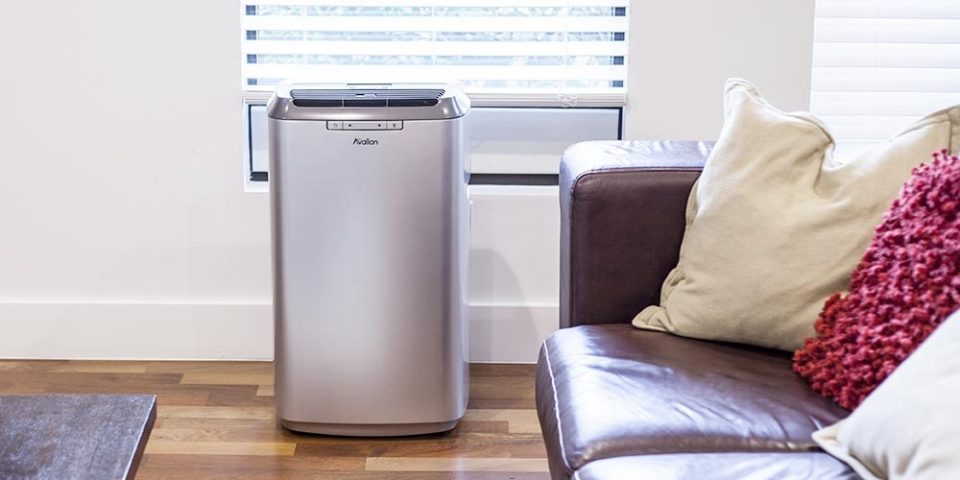If your HVAC system is not functioning properly or if you are a tenant living in a rented accommodation; a portable air conditioner is a fabulous choice.
Portable ACs are small, convenient, easy to install and energy efficient. These units are less cumbersome to fix and provide spot cooling.
But there are multiple factors one needs to consider, when buying them.
Here are 4 tips to help you choose the right portable air conditioner for your house.
- Cost and Size of the Unit
The cost of portable ACs depends on their size, which determines their cooling capacity. So, you will have to shell out an amount according to your cooling requirements. The power of an AC is expressed in BTUs (British Thermal Unit). Higher the BTU, higher will be the air conditioner power. So, if the space you need to cool is large, get an AC with higher BTUs. Environmental factors and heat-producing appliances inside the house, can alter your capacity requirements.
- Energy Use
Energy use is directly proportional to your AC usage, unless you plan to use the portable air conditioner as a supplement to central air conditioning. If you are looking for energy efficient units, you can check the EER (Energy Efficiency Ratio) which will tell you how many BTUs are used for each watt of power. Choose portable ACs with a higher EER as they will be more energy efficient.
- Dual vs. Single Hose
When you are buying a new portable air conditioner for your house, you will have a choice between Single Hose AC units and Dual Hose AC units.
Single Hose AC units utilize only one hose for intake and outlet of air. Hence, the unit needs to work hard to cool your space and may not be very efficient.
Dual Hose AC units have one intake hose and one outlet hose, which makes it easy for the units to cool your rooms, do so quickly and be energy efficient. They also have a stable air pressure and are a good option for larger rooms.
- Installation and Condensate type
You do not need to worry much about how to install a portable air conditioner. These units are easy and quick to install. The AC will come with clear, step-by-step instructions to help you fix the exhaust hose in your window. The vent kit that you receive with the unit makes the whole process easy. If you want to move the AC to a different room, you can purchase an extra vent kit and install it in another window.
Condensate type refers to the method of ACs of releasing the condensate. Some ACs have an internal bucket that needs to be emptied each time it gets filled, which could be often.
Partial drip air conditioners generally release most of the condensate through the exhaust hose but some of it may still collect in the drip pan, which can be emptied less frequently.
A no-drip AC releases all the condensate into the air and is super convenient.

